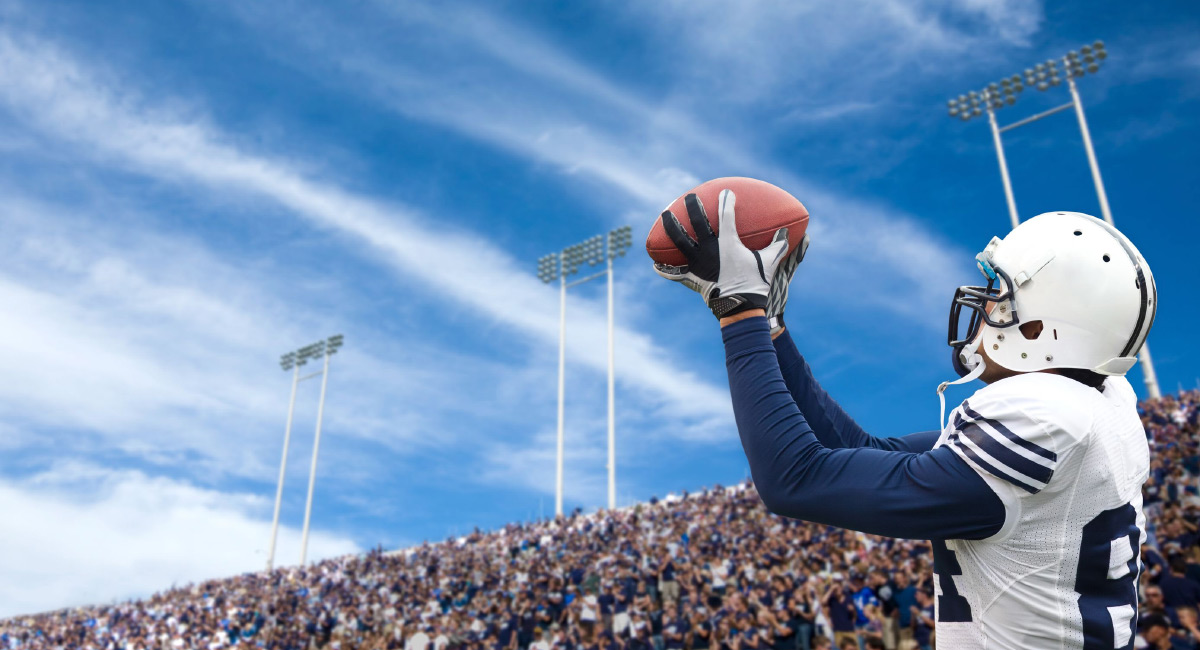The United States, as far as I know, is the only significant country in the world where intercollegiate athletics is an important part of campus life. There is a reason for that: colleges and universities were formed to further the creation and dispersal of knowledge and creative ideas, not to develop prowess in throwing balls, running or jumping. But when sports came to collegiate America late in the 19th century (Harvard and Yale played their first football game in 1875), it was viewed as a way to promote school spirit and healthy and entertaining extracurricular activities for both participating athletes and, more important, other students attending sporting events.
Fast forward to 2019. The collegiate athletic establishment, specifically the NCAA, probably would like people to believe that amateur athletes still perform largely for members of the campus community, primarily students. New polling data from College Pulse, however, reveals how completely ridiculous that is. It surveyed some 2,500 college students asking them “How often do you attend athletic events on your campus as a spectator?” More than two-thirds of the students responded “never” (top response) or “seldom.” This negative reaction held for nearly every demographic measured, with even more negative reactions among women, Asian and Hispanic students.
College Pulse further asked “How much should athletic ability be considered in your university’s admission process?” Again, two-thirds said “not too much” or “not at all.” On the other hand, students had strongly positive feelings towards athletes themselves, with some 77 % saying they either “favor” or “strongly favor” “allowing athletics to profit off their likeness (such as selling jerseys or posters).” A small majority even favored paying athletes. In short, students took precisely the opposite position of the NCAA on almost all relevant issues. They are indifferent to college sports, think it shouldn’t have much impact on college admissibility, and that student athletes should be able to make some money over their athletic success.
Moving from campuses to capitals, California almost certainly is going to tell the NCAA: go to hell. The Governor (Gavin Newsom) is expected to sign a bill passed with broad bipartisan support allowing students to profit off their name, image, and likeness. Mark Emmert, the head of the NCAA, who in an earlier life was president of the University of Washington, has fulminated aggressively, hinting that California schools could be shut out of national championship competition, a threat that I view as both unlikely to be approved even within the NCAA and almost certain would end that sports cartel in its current form, as it would finally lead Congress to act about this national scandal called college sports.
Meanwhile, Congress is starting to stir. Mark Walker, a Republican Congressman from North Carolina, wants to yank the NCAA’s tax-exempt status if it does not change its policy on athletes financially benefiting from their own name. My friend and colleague Dave Ridpath, president of the reformist Drake Group, tells me that there is growing interest on Capitol Hill among such Democratic stalwarts as Connecticut’s Senator Chris Murphy (who has been especially outspoken) and Florida Representative (and former university president) Donna Shalala, as well as such conservative Republicans as Ohio’s Steve Stivers, in federal intervention reducing the sleaze, anti-academic nature, and scandals miring contemporary intercollegiate athletics.
A National Commission on Intercollegiate Athletics consisting of prestigious Americans almost entirely directly unconnected with collegiate sports is one intriguing proposal. As a former member of a federal commission myself, I am abundantly aware of their limitations, and extreme care is needed in crafting one, not allowing it to be controlled by politicians or those in the collegiate sports industry. But at the worse a piddling amount of money is wasted, and at best some good ideas can come about that preserve the peculiar American institution of intercollegiate athletic competition and its entertainment value, while reducing the excesses and the corruption associated with it. Limits need to be placed on the use of athlete’s time, control needs to reside within academic areas of universities, the NCAA needs to be neutered, team practices, season length, and coaching staffs need trimming, etc. During the Cold War, international treaties were required to control the arms race; so perhaps a “treaty” is needed via the political process to contain the arms race in intercollegiate athletics.












